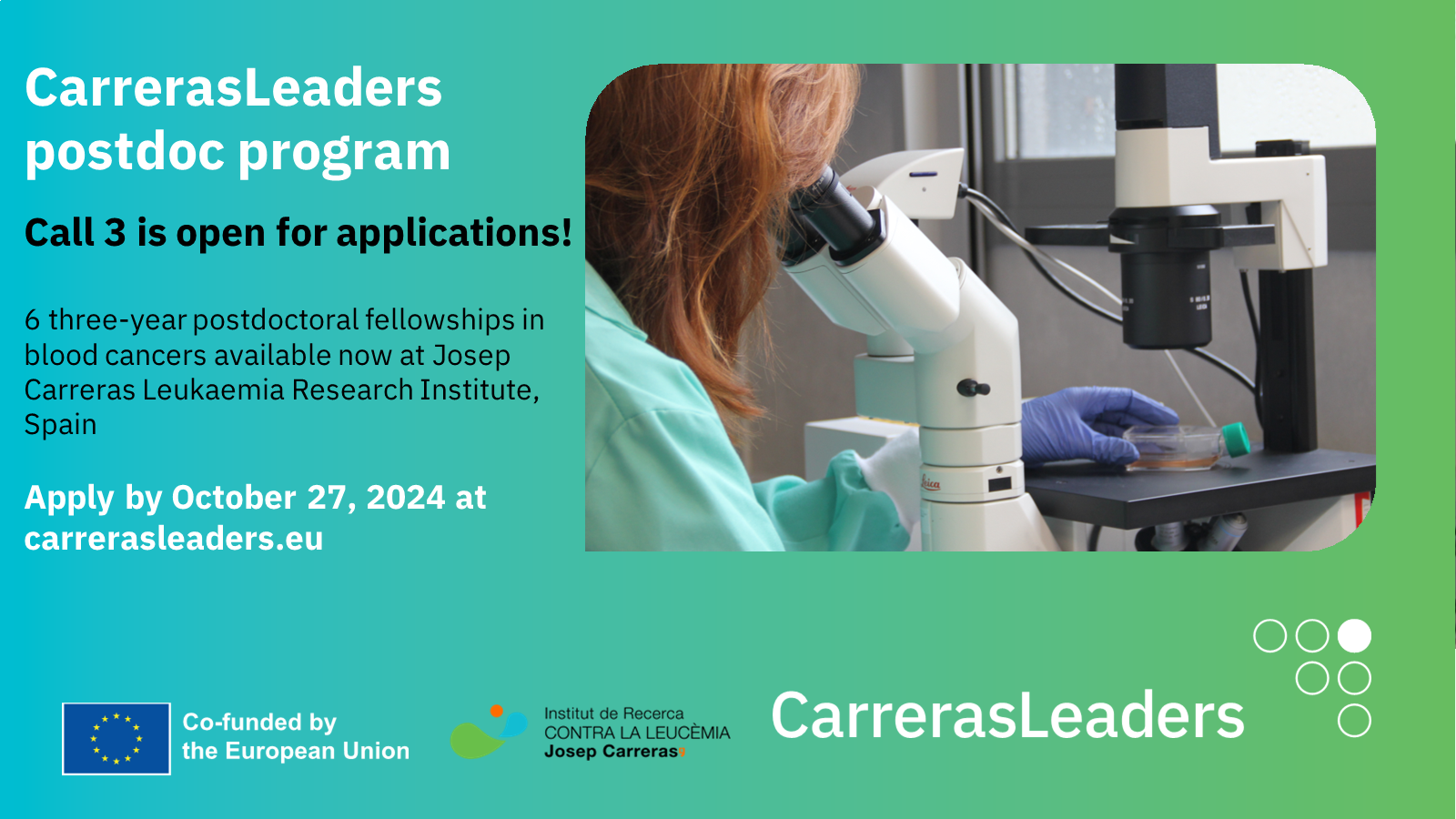November 20, 2024 - November 22, 2024
Updates in the Genetics and Epigenetics of Hematological Malignancies: From Knowledge to Applications
IJC Auditorium + Online
Registration here
November 20, 2024 - November 22, 2024
IJC Auditorium + Online
Registration here
September 26, 2024
Vall d'Hebron Institute of Oncology (VHIO)
Registration here
October 04, 2024 (12:00)
IJC Auditorium + Online
Registration here
December 13, 2024 (12:00)
IJC Auditorium + Online
Registration here





.png?locale=en)
